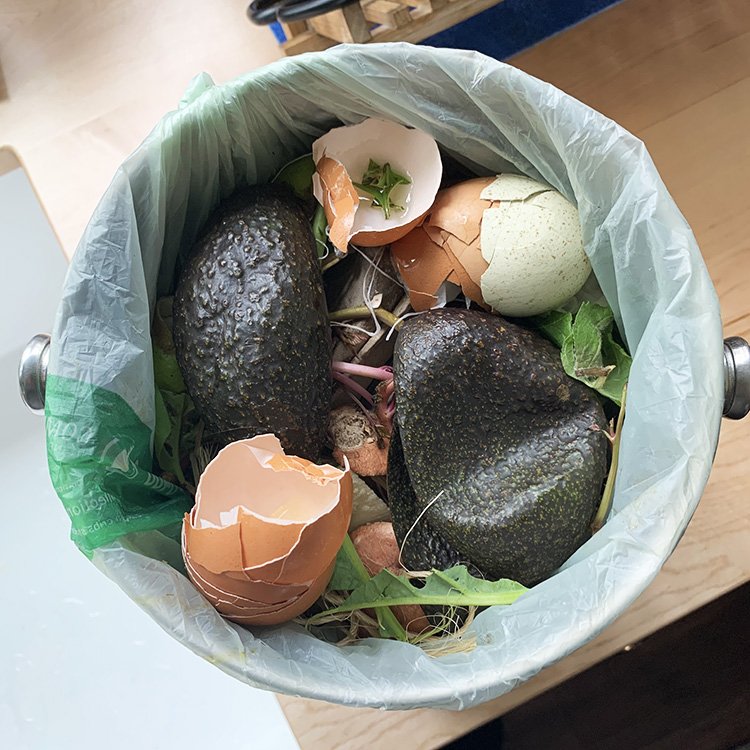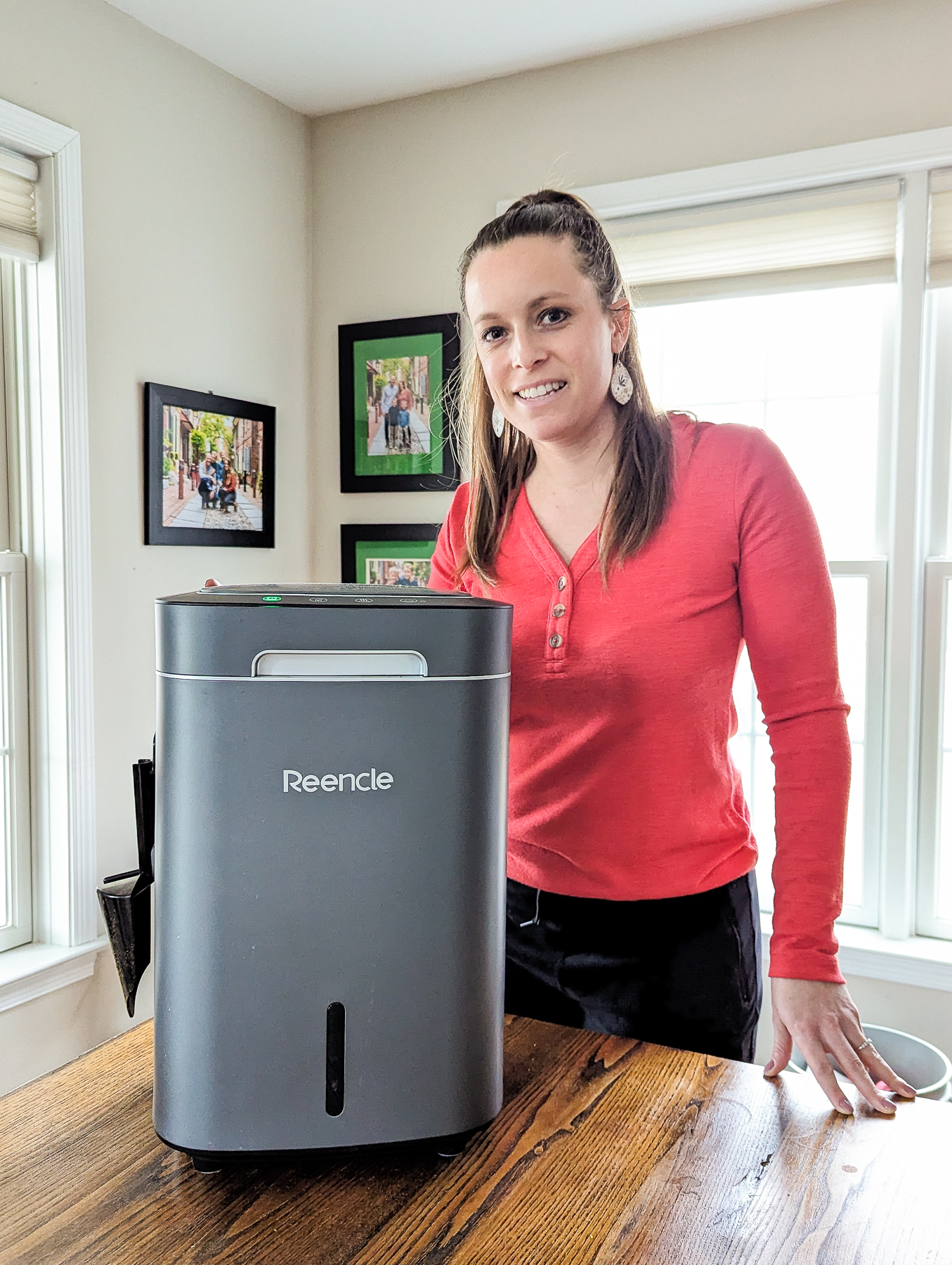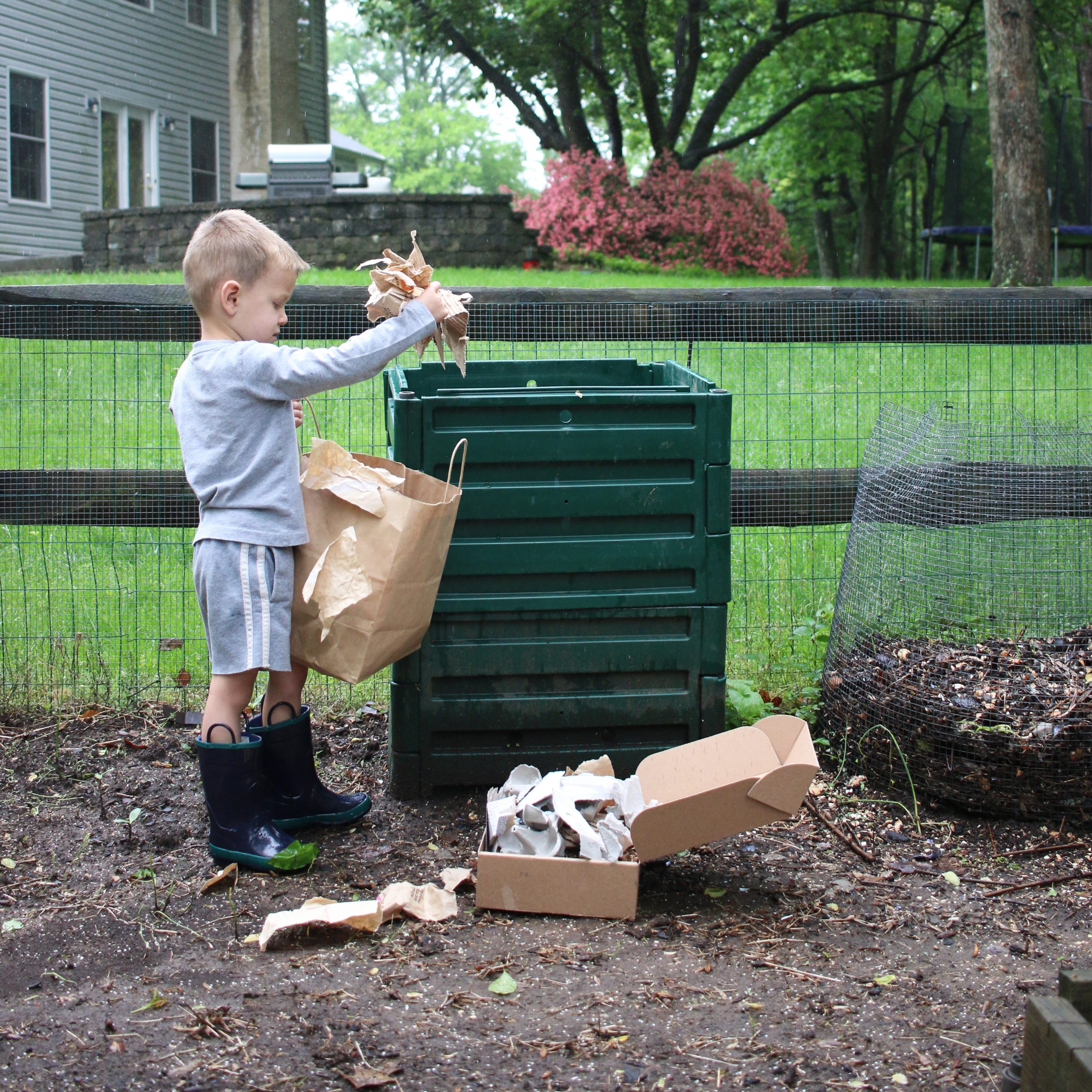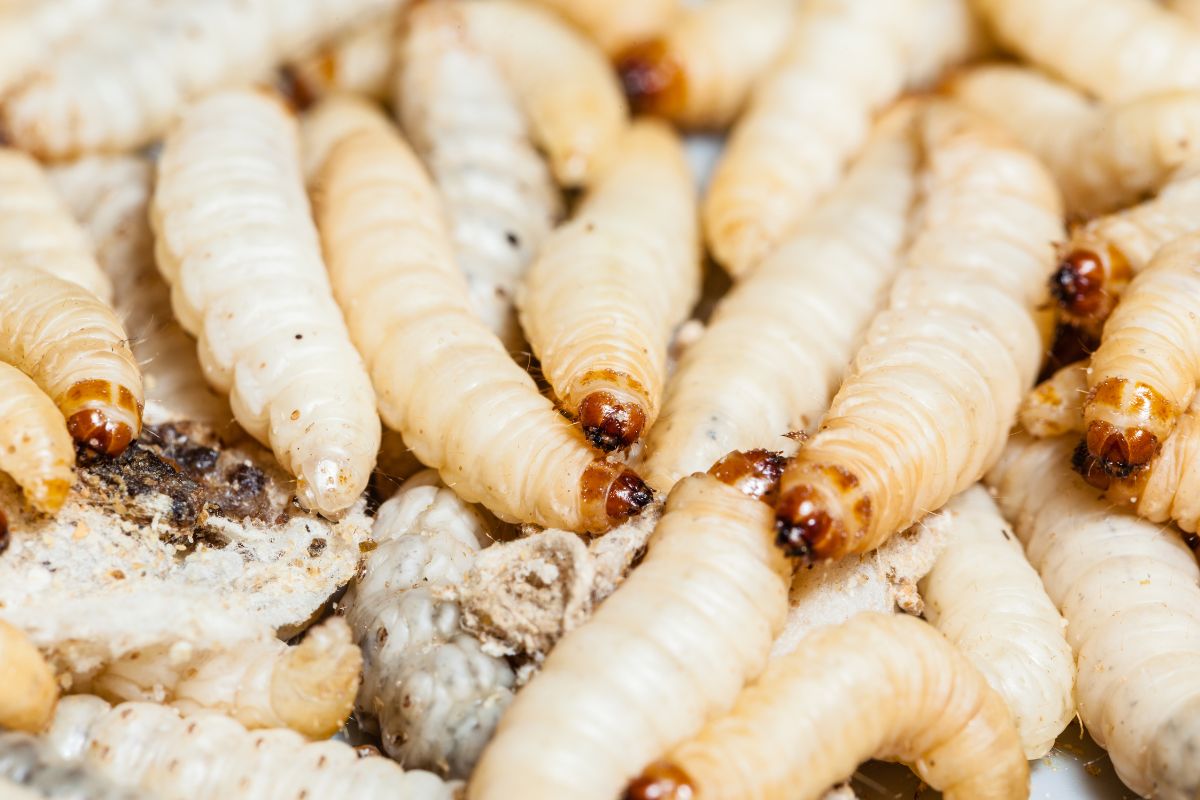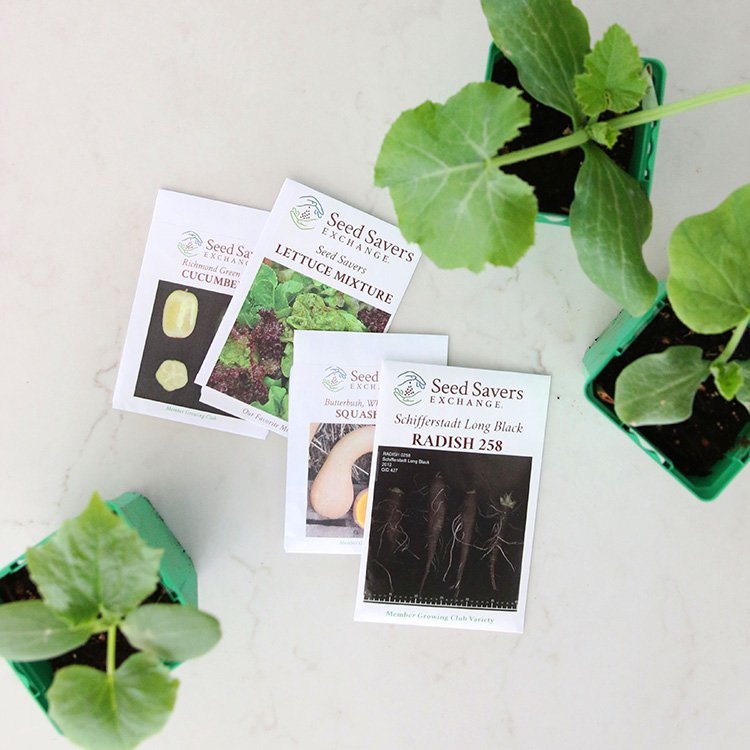Can You Compost Pine Needles?
If you compost at home and have evergreen trees in your yard or neighborhood, you might wonder if pine needles are good for composting. Read on to learn more about if you can compost pine needles and what to consider when adding pine needles to your compost bin.
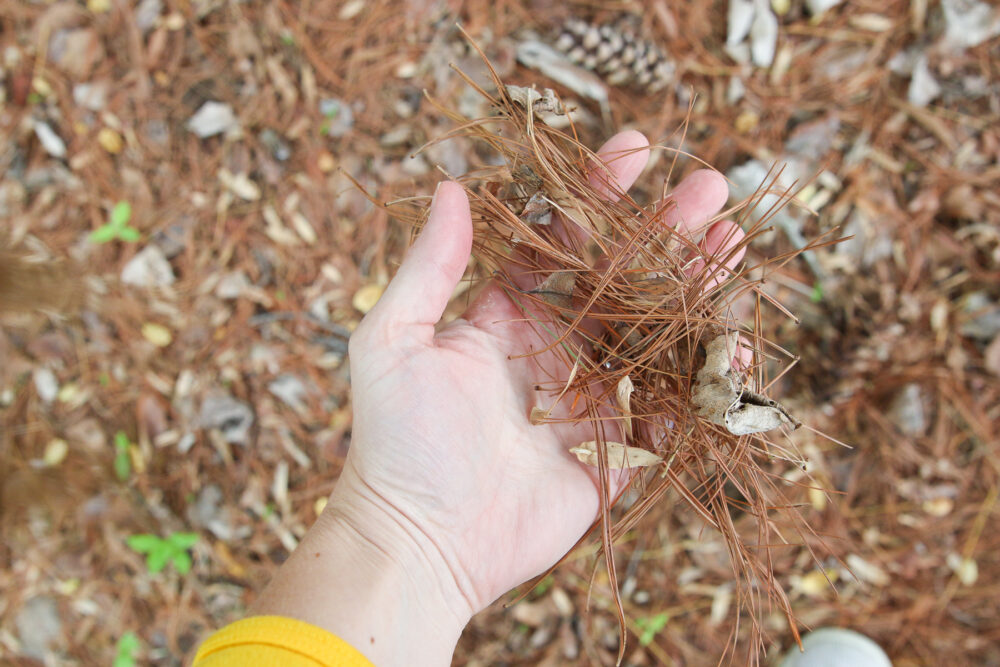
When creating compost for your garden, you might wonder if it’s possible to include pine needles in the mix of organic matter in your compost. Good news – you can compost pine needles! But there are some important factors to consider to ensure your compost mix maintains a healthy balance. Pine needles decompose at a slower rate than other organic materials and should be mixed with a variety of compost ingredients for the best results.
It’s recommended to limit the number of pine needles in your compost pile to no more than about 10% of the total volume of ingredients in the compost bin to ensure proper decomposition and a balanced compost composition. When composted correctly, pine needles will not harm your plants or acidify your soil, so you can feel confident using this natural resource in your composting efforts.
While you can add pine needles to your compost safely, it’s important to be cautious about the source of the needles. Try to avoid using old pine needles collected from roadsides, as they may contain heavy metals, as well as needles that may have been in contact with dog droppings. By following these guidelines, you’ll create a healthy and nutrient-rich compost for your garden plants.
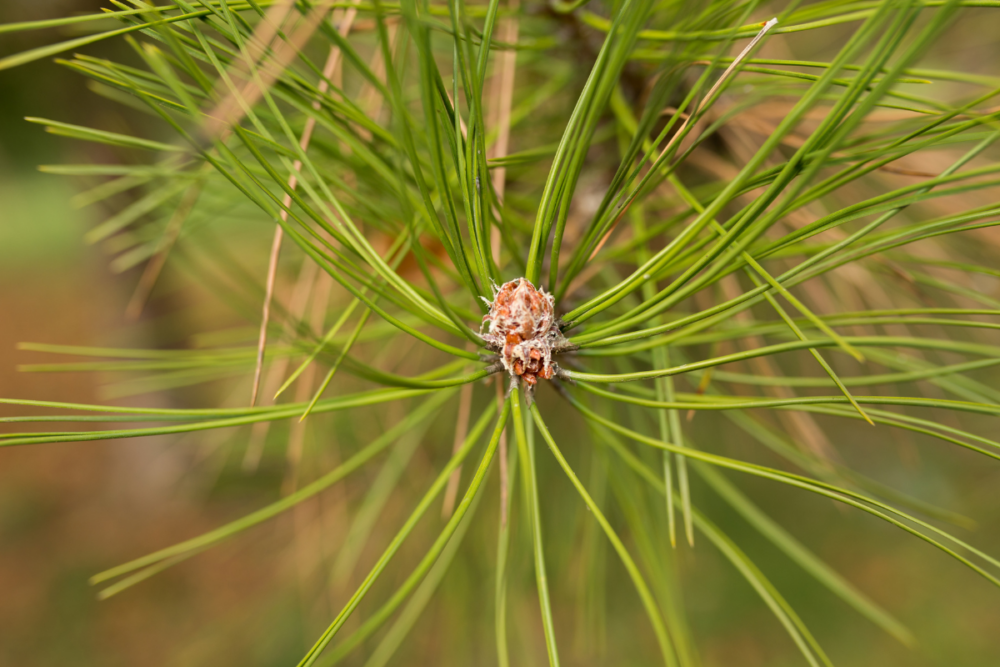
What Are Pine Needles
Pine needles, also known as pine leaves, are slender, pointed structures that grow on pine trees. They have a unique appearance, displaying needles bundled together in clusters called fascicles. Each species of pine tree has a different number of needles per fascicle, ranging from one to eight or more.
The needles themselves are designed to efficiently collect sunlight for the tree and have a waxy coating on them to protect them during cold winter weather. They come in varying lengths, depending on the tree species. For example, the needles of the Eastern White Pine can grow up to five inches long, whereas some needle lengths of other species range from one to three inches.
One key characteristic of pine needles is their high level of acidity (i.e. low pH level). Their pH can range between 3.2 and 3.8. Although pine needles have this natural acidity, they become more neutral when they fall from the tree and are composted correctly so they do not result in acidic soil when they fall. Microorganisms in the soil or in a compost bin neutralize the acidity as they break down the pine needles during decomposition.
Beneficial uses for old pine needles include mulching and erosion control, but they can also be used as a compost material when added in appropriate quantities. With proper composting techniques, you can take advantage of the carbon-rich nature of pine needles to create an excellent soil amendment for your garden.
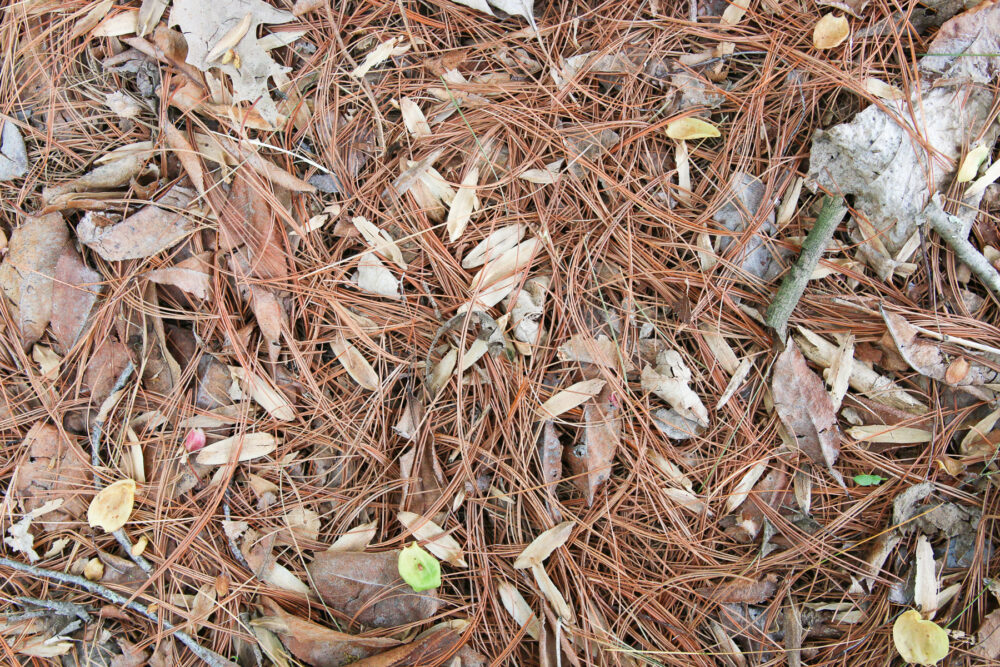
Can You Compost Pine Needles
Yes, you can compost pine needles (and pine cones too, btw). Pine needles are considered a composting “brown,” meaning they provide a good source of carbon to the compost bin. As they decompose, they will add other nutrients to the finished soil amendment, but their carbon element classifies than as composting browns.
Browns break down at varying rates depending on their size and structure. Fresh pine needles break down particularly slowly and also can become matted together if not turned regularly or mixed with other composting ingredients. Because of this quality, it’s best to limit them to no more than about 10% of your compost heap. Mixing green pine needles with a variety of other materials will help maintain the best compost mix for your pile.
The right mix of greens and browns in any compost bin is more an art than a science, especially in a home composting bin that you may be managing casually for yourself and to reduce waste (as opposed to compost managed professionally for sale as a finished soil amendment). You can read more about managing greens and browns here.
Benefits of Composting Pine Needles
Composting pine needles offers several benefits, particularly because they are free and readily available in many places. Some of the benefits include:
- Adding a good carbon source to your compost: Pine needles are considered a “brown” composting ingredient. Many home composters have more greens than browns available to them, so adding compost browns like pine needles can help balance the compost mix if it starts to get a bit too damp or have too many greens in it.
- Enriching the finished compost with valuable nutrients for your plants: Many plants need a variety of nutrients, so including many different types of ingredients in a compost bin can help create a finished compost rich in different types of nutrients for the soil that is beneficial to your garden soil.
- Providing an eco-friendly way to dispose of green pine needles from your yard: According to the United States Environmental Protection Agency (EPA), yard trimmings made up 34.5 million tons, or over 12%, of total municipal solid waste as of 2018, the most recent data as of 2022. Diverting yard waste to compost bins instead of the trash reduces emissions from the transportation of such waste as well as greenhouse gases released from landfills when yard waste and other organic materials languish in landfills and incinerators.
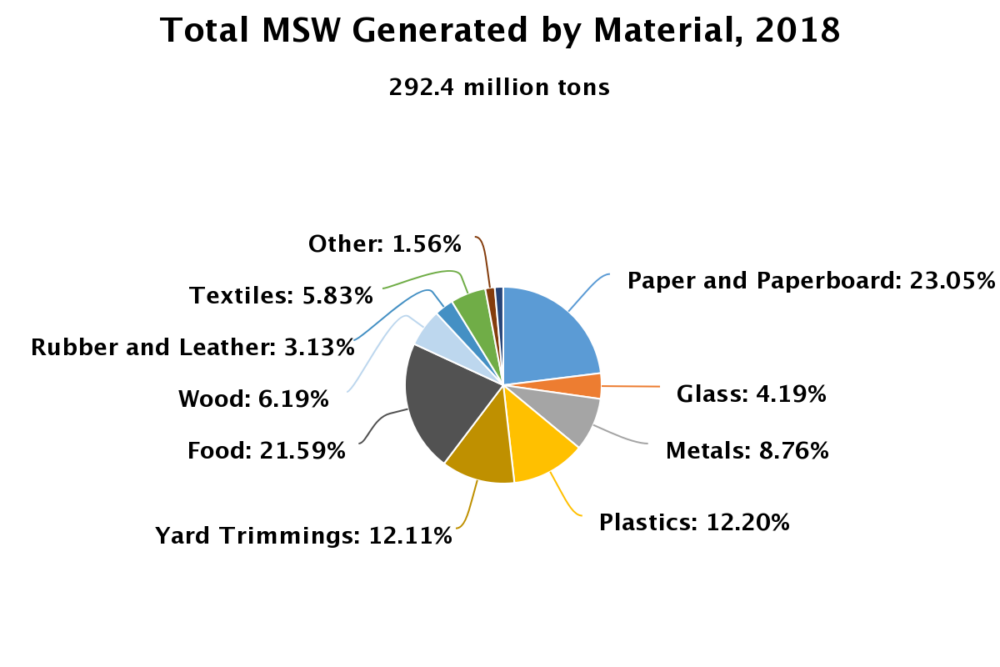
Potential Drawbacks of Composting Pine Needles
Despite the benefits, there are some potential drawbacks to composting pine needles:
- Pine needles break down very slowly, which could delay the overall composting process. If you need to process compost quickly, it’s helpful to balance any pine needle additions with other items that break down faster. Keeping the composting pile hot and turning it regularly will help speed up decomposition as well. However, it’s worth noting that slow decomposition shouldn’t be a huge deterrent from adding pine needles to your compost bin at home. If you’re a casual composter, it’s ok to let compost rest and slowly decompose at a pace that’s comfortable for you to manage. Additionally, you can always sift out finished compost and return the pine needles to the processing compost bin to continue breaking down with new ingredients to the compost heap.
- Too many browns in your compost bin: As with any ingredient in a compost bin, it’s important not to include too much of any particular addition. Using a high percentage of pine needles in your compost heap might result in an imbalanced carbon-to-nitrogen ratio (i.e. too much carbon), leading to less effective compost. You can read more about managing greens and browns in your compost bin, but a compost bin with too many browns is usually dry and slow to break down.
- Pine needles with contamination on them: Collecting pine needles from the roadside or public green spaces could introduce heavy metals and other contaminants (like dog poop) into your compost if the pine needles have been exposed to such elements. In professionally and highly managed compost piles that get hot enough, the composting process may break down some of those contaminants (like any pathogens from dog poop). But most backyard compost bins do not get hot enough to break these down, so be mindful about which pine needles you add to your compost heap.
To avoid these drawbacks, ensure that you mix pine needles with other composting materials and avoid using needles collected from the roadside or public places that may be exposed to pathogens or harsh chemicals.
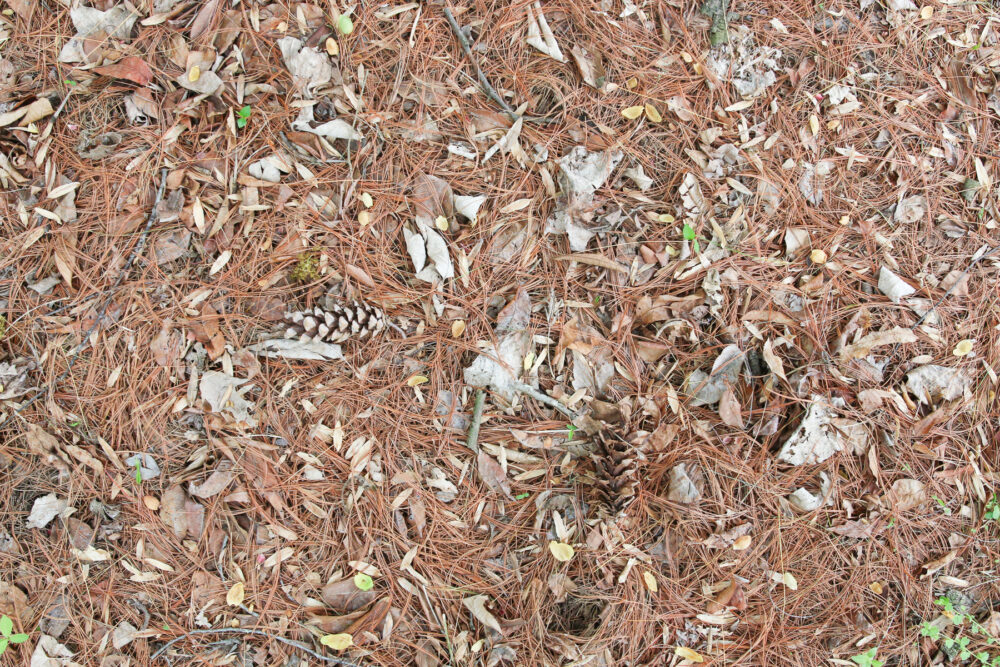
How to Compost Pine Needles Effectively & Efficiently
Composting pine needles is possible, as long as you follow some guidelines. In this section, we will discuss the steps you can take to effectively compost pine needles, ensuring a healthy and balanced compost pile.
Shredding Pine Needles
Composting works when microorganisms break down the ingredients in the bin. And compost breaks down faster when items are smaller and those organisms have more surface area on which to perform their decomposition processes.
Although it’s not necessary if you don’t care about the speed of decomposition, shredding pine needles helps speed up the decomposition process. Use a mulcher, shredder, or lawn mower with a bag attachment to chop up the needles into smaller pieces, and then you can add them to your compost pile with other greens and browns.
Layering the Compost Pile
When setting up your compost pile, it is essential to create a balance between green materials, such as kitchen scraps and fresh grass clippings, and brown materials, like pine needles, dried leaves, and small twigs. To create a well-balanced compost pile, you need to mix the greens and browns together. Some people do this by layering greens and browns (like compost lasagna). You can also just add organic waste as it becomes available to you and mix it periodically with a shovel, pitchfork, or compost aerator (my favorite tool for mixing compost piles).
If you choose to layer your green and brown materials, start with a 2:1 ratio of browns to greens. Start with a layer of browns at the base, followed by a layer of greens on top. Repeat this process until your compost pile reaches the desired height. Larger piles will heat up faster and to higher temperatures, which helps speed up decomposition.
If you can, add layers of soil or partially finished compost to the mixture. It’s not necessary, but especially in small compost piles, this invites more microorganisms to the compost heap. A layer of soil or dirt on the top also helps the compost pile retain heat and moisture and prevents it from attracting lots of flies or unwanted insects that don’t necessarily help decomposition but are annoying.
Monitoring the Moisture and Temperature
For effective composting of pine needles, it is crucial to maintain the right moisture levels in your compost pile. Keep the pile moist by watering it periodically or adding water-rich green materials. However, avoid making it too wet, as this can lead to an anaerobic environment that hinders decomposition. The pile should be about as wet as a damp sponge; you should be able to feel the moisture but it shouldn’t be drippy or sopping wet.
The optimal temperature inside the pile for decomposition is between 110-140°F or 43-60°C. This can be achieved by adding more ingredients when the pile starts to cool and turning the pile regularly, which allows oxygen to enter and helps maintain the correct temperature. Decomposition will be slower in cooler weather, so you can cover your compost pile with a tarp to help retain heat during colder months if you’d like to maintain higher rates of composting.
If you’d prefer a less labor-intensive composting method, however, it’s perfectly fine to let the compost cool (or even freeze) in winter as it will thaw in spring and begin to break down again. We’ve got a whole bunch more information about composting in winter if you live in a place with cold weather and have questions about composting when it’s chilly outside.
Monitoring and maintaining the correct conditions in your compost pile will help improve the decomposition rate of pine needles, providing you with rich and nutrient-dense compost for your garden.
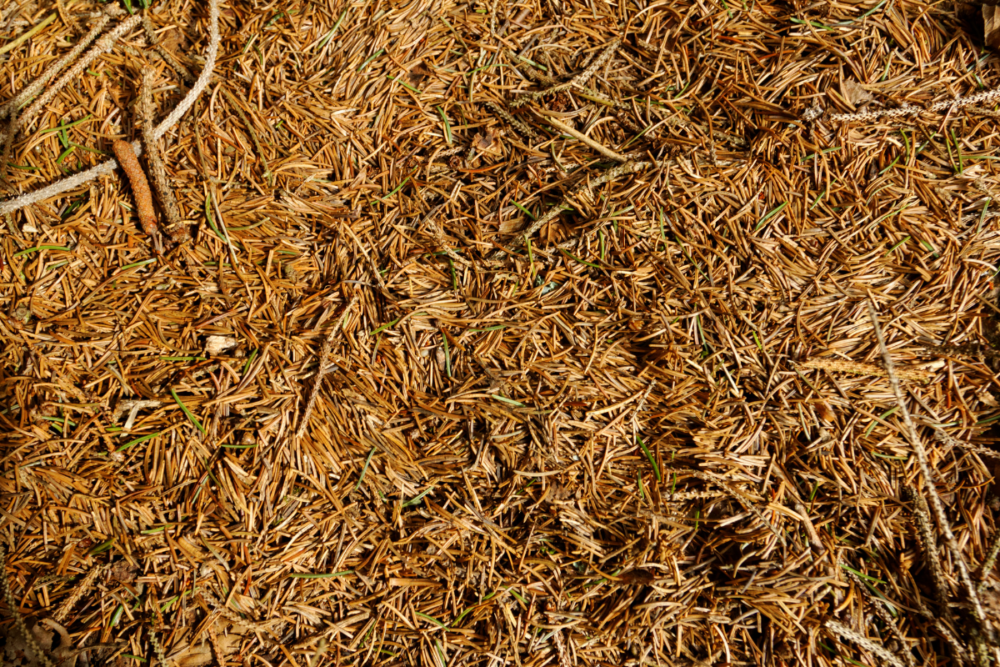
Frequently Asked Questions about Composting Pine Needles
Why can you compost pine needles?
Simply put, you can compost pine needles because they are organic matter that is part of Mother Nature’s nutrient recycling system – decomposition and the circle of life. Anything that has ever lived can be composted.
Composting is simply the process of breaking down dead or rotting organic material, natural compounds, organisms, chemicals, and matter into smaller and simpler elements so they can be reused to create and feed new life. Why would pine needles that literally fall from trees and rebuild healthy soil in a pine forest floor not be included in this natural process??!
Nature has phenomenal recycling skills. But for human intervention, everything lives, dies, and becomes new life again. Humans, however, have unfortunately done a great job of extracting more from nature than we put back in while also using advanced science to turn matter (like oil) into complex compounds (like plastic) that take centuries or longer to break down. And we are doing this work at breakneck speed.
Unlike plastic, however, pine needles break down in a matter of weeks or months when added to a well-managed compost pile. It’s just another type of organic matter with a rightful place in the circle of life-giving nutrients that pass from one organism to the next in nature.
What issues do pine needles cause in outdoor compost bins?
Primarily, fresh pine needles are thought to be too acidic for compost bins and take too long to break down, in part due to their waxy coating. While pine needles are acidic and do take longer to decompose, that doesn’t necessarily make them a problem for compost bins when properly managed.
How long does it take pine needles to decompose?
The amount of time it takes for pine needles to break down in a compost pile depends largely on the composting process and how actively the compost heap is managed. It can take anywhere from a few weeks to well over a year.
In industrial or commercial composting settings or when using a hot composting method, where piles are managed more actively and at higher temperatures, pine needles will likely break down in a matter of weeks along with everything else in the pile.
In a cold compost pile or lazily-managed backyard compost bin (like mine) that doesn’t get too hot and isn’t turned all that often, the fresh needles could linger for many months or a year. As you use the finished compost over time, you may need to sift out aged pine needles and leave them in compost piles longer than other types of food scraps and yard waste.
Additionally, you can speed up the decomposition process of fresh pine needles in compost bins by shredding the needles into small pieces. Fresh or dry pine needles also break down more quickly if you keep the compost pile hot, damp, and well-aerated to provide a great environment for the critters and microbes to get to work.
Indeed, pine needles take longer to break down than many other compost browns like shredded paper or dried leaves. But just because something breaks down more slowly than other items in the bin doesn’t mean the pine needles are bad for the compost mix.
Are pine needles too acidic to compost?
Pine needles are acidic, and the acidity of pine needles can change the acidity of the compost mix if you have an excessive amount of them in the mix. Much like everything else in nature and life, compost piles are most effective when well-balanced, and that includes a balanced pH (or level of acidity).
If you compost at home and include a variety of food scraps and yard waste from everyday life in your compost mix, you won’t have any issues with periodic additions of fresh pine needles in compost bins. Excessive amounts of pine needles may make the compost mix more acidic than you’d like and may result in a matted compost pile without enough airflow. This can slow down the decomposition process and create less-than-ideal conditions for some of the microorganisms to perform their work. But so long as you mix them with a variety of other organic materials, you’ll be just fine.
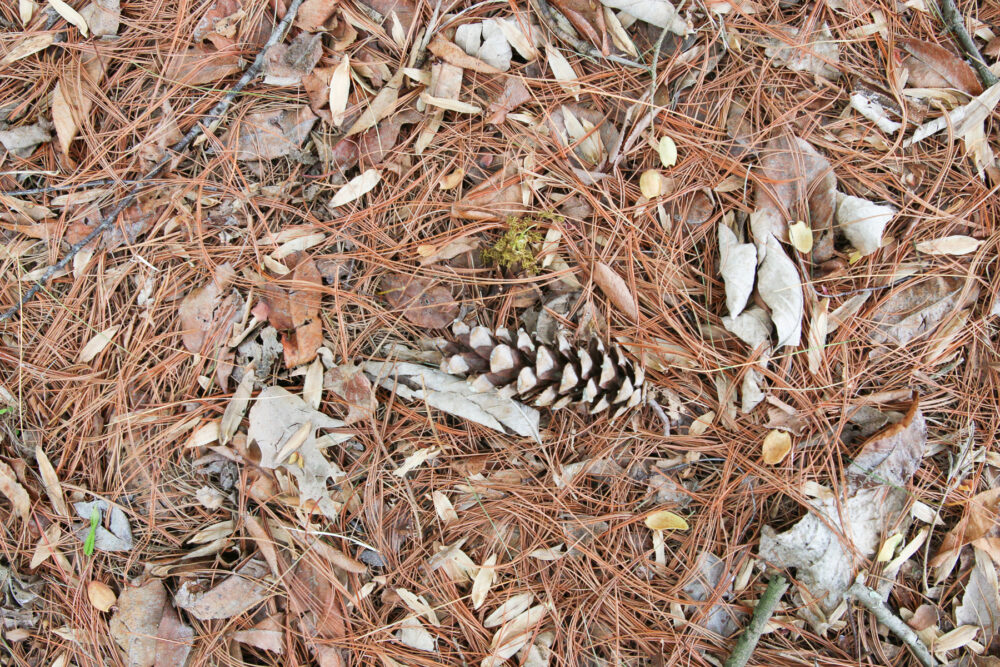
How can I balance the acidity of pine needles in a compost mix?
Some types of organic matter in a compost bin have a higher pH (are less acidic or more alkaline) and others have a lower pH (are more acidic). Items with high pH levels (i.e. more alkaline) can help offset the higher acidity of pine needles in a compost bin. Alternatively, items with higher acidity exacerbate the pH balance.
To offset acidity in a compost pile (whether it comes from pine needles or other items in your bin), you can try the following steps in your composting process:
- Add alkaline materials: Add materials with a high pH such as wood ash, lime, or crushed eggshells. These materials will help to neutralize the acidic content of the compost pile.
- Add less acidic materials: Avoid adding too many acidic materials to the compost pile. This includes items like citrus peels, coffee grounds, and pine needles. Instead, add more neutral or alkaline materials such as wood ash, straw, or wood chips.
- Turn the pile: Turning the compost pile regularly will help to mix the materials and distribute the alkaline materials more evenly throughout the pile.
- Monitor the pH level: Use a pH meter to monitor the pH level of the compost pile. Ideally, the pH level should be between 6.0 and 8.0. If the pH level is too low, add more alkaline materials. If it’s too high, add more acidic materials like those included in the list below.
Here are some common compostable materials sorted by those that are more acidic and those that are more alkaline. If you’re adding lots of fresh pine needles to your compost bin, consider also adding more alkaline organic materials with lower pH to help balance the acidity of the pile.
| Common Compostable Acidic Materials | Common Compostable Alkaline/Neutral Materials |
| Coffee grounds | Wood ash or wood chips |
| Tea leaves | Lime |
| Strawberries | Eggshells |
| Banana peels | Straw |
| Tomatoes | Oyster shells |
| Grass clippings | Paper (ripped up or shredded)* |
| Citrus peels | Cardboard (ripped up or shredded)* |
| Blueberries | Dry leaves* |
*Technically, these items are neutral compost brown materials (items high in carbon that help balance a compost mix full of food scraps, yard waste, and other organic matter). They are not alkaline, but they do help reduce the acidity of the compost heap, and carbon is an important element of a well-balanced compost mix. Read more about different types of compost browns and how you can collect most of them for free.
Do you need to test the pH level of your compost pile if you add pine needles and other acidic materials?
If you’re making finished compost professionally or have a precise use for it in your garden, it might be worth testing the acidity level. But if you’re a casual home composter just looking to reduce waste, you don’t need to test the acidity of your compost pile. I’ve been composting for years and don’t even own any tools to test the acidity of the compost mix.
The truth is that you’ll be able to smell if the pile is too acidic. Healthy compost has a sweet, Earthy smell that’s actually quite pleasant. If the pile smells sour (and will probably look pretty wet), you know it needs a bit of dry, alkaline materials to balance it out.
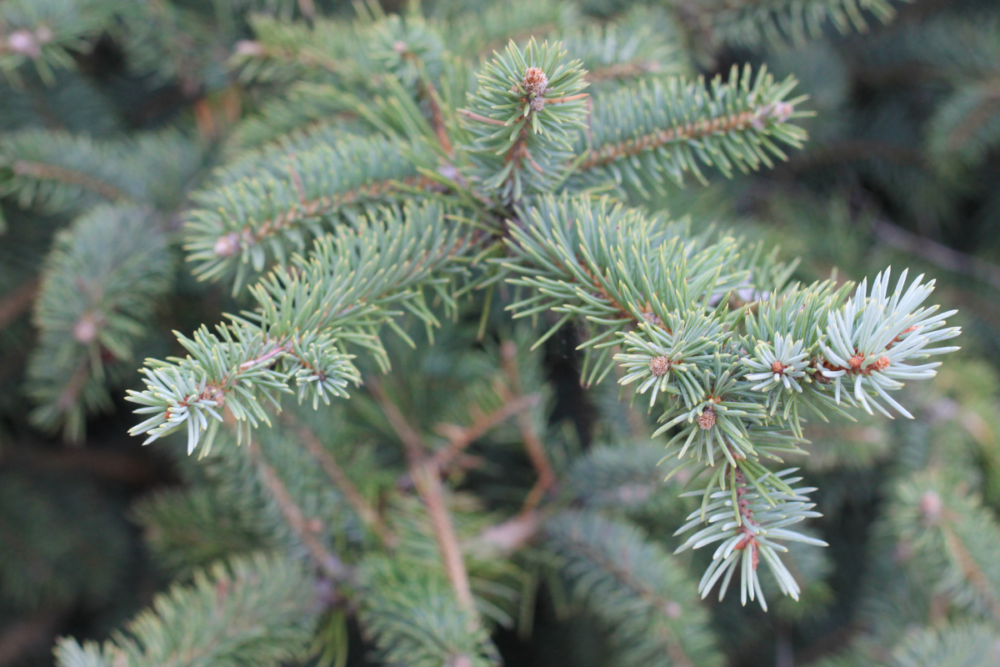
Other Uses for Pine Needles
Besides composting, pine needles can serve a variety of other purposes in your garden and around your home. In this section, you’ll learn about using pine needles for mulching, creating wildlife habitats, and decorative purposes.
Benefits of Pine Needles Mulch
One popular use for pine needles is as a natural mulch. Pine needles provide excellent insulation for plants, helping to regulate soil temperature and moisture levels. Simply spread a layer of pine needles around the base of your plants, making sure not to cover their stems. This will help to suppress weeds while also allowing water to penetrate the soil effectively. In addition, pine needle mulch has a natural appeal, blending seamlessly with your garden’s aesthetics.
As described above, the acidic nature of pine needles themselves won’t make your soil overly acidic. The acidity breaks down as the pine needles decompose and the nutrients from the needles integrate into the soil.
Pine Needles Provide Wildlife Habitats
Pine needles can also be used to create beneficial habitats for wildlife in your garden. They provide shelter and nesting material for birds, insects, and small mammals. To create a simple habitat, scatter a thick layer of pine needles in a corner of your yard or garden. This will also create a cozy resting place for beneficial insects like ladybugs that help control pests.
Related Reading: How To Create a Certified Wildlife Habitat in Your Yard.
Pine Needles as Decorative Elements
Lastly, pine needles can be used in various decorative ways to bring a touch of nature into your home. Try using them as a base for seasonal wreaths or as a rustic table runner for a natural centerpiece. You can also create your own pine needle crafts, such as small baskets, ornaments, or even as a filler for potpourri. The possibilities are limited only by your creativity and resourcefulness.
And ya know what? You can also just leave your pine needles on the ground and let them decompose in their natural environment if you don’t need them in your compost bin. Do you add pine needles to your compost bin? Any tips to help them break down most effectively?

Jen Panaro
Jen Panaro, founder and editor-in-chief of Honestly Modern, is a self-proclaimed composting nerd and advocate for sustainable living for modern families. To find her latest work, subscribe to her newsletter, Stepping Stones.
In her spare time, she’s a serial library book borrower, a messy gardener, and a mom of two boys who spends a lot of time in hockey rinks and on baseball fields.
You can find more of her work at Raising Global Kidizens, an online space to help parents and caregivers raise the next generation of responsible global citizens.

